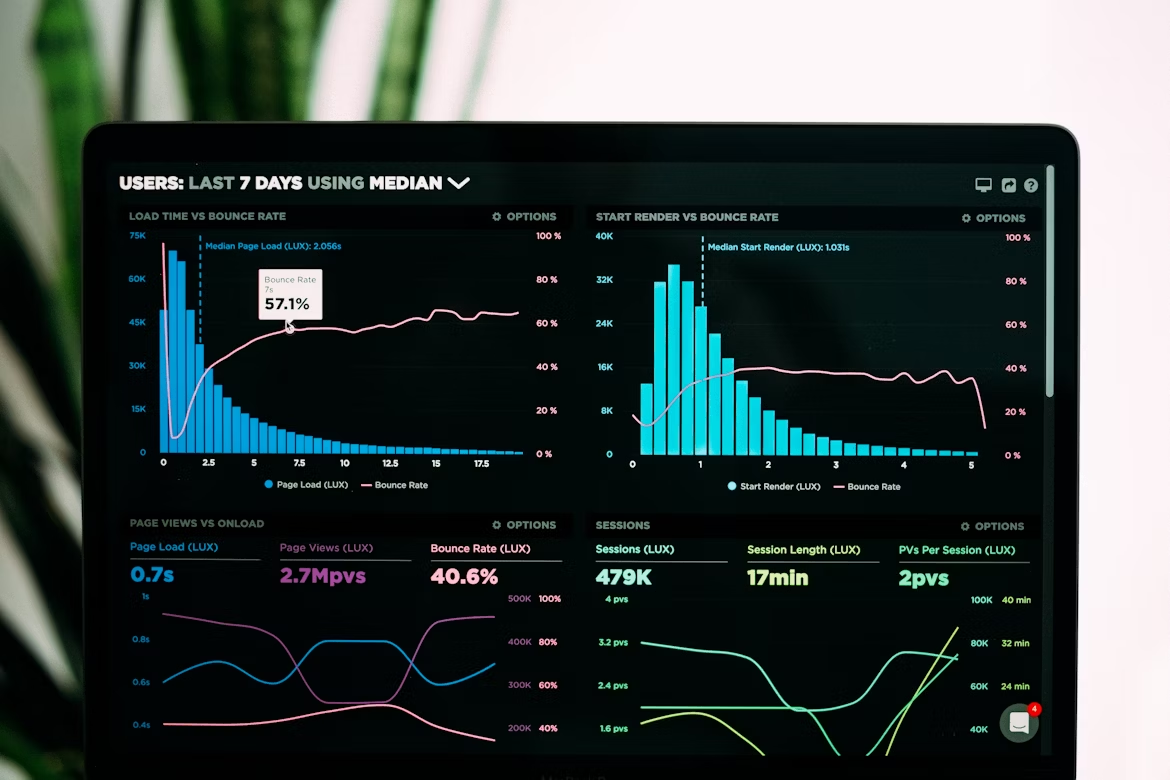Have you ever wondered how quickly your organization can recover from a cyberattack? With data breaches costing an average of $4.45 million in 2023, according to IBM’s Cost of a Data Breach Report, the stakes have never been higher. Yet, many teams are still stuck in a whirlpool of confusion when it comes to measuring and improving their response times.
In this guide, we’ll tackle *Incident Response Benchmarks*—the unsung hero of cybersecurity frameworks. By the end, you’ll know:
- The importance of setting realistic benchmarks.
- A step-by-step process for implementing them.
- Tips for avoiding common pitfalls (and some brutal truths).
- Real-world examples that prove their worth.
Contents
- Key Takeaways
- Why Incident Response Benchmarks Matter
- How to Set Up Your Own Benchmarks
- Top Tips for Optimizing Response Strategies
- Case Study: Success Through Benchmarking
- FAQs on Incident Response Benchmarks
Key Takeaways
- Benchmarks help identify weaknesses in incident response plans.
- Average detection-to-response timelines vary but aim for under 24 hours.
- Automation tools play a critical role in achieving consistent metrics.
Why Incident Response Benchmarks Matter

Data breaches aren’t just about stolen files—they disrupt operations, damage reputations, and drain finances. Yet, as someone who once ignored these benchmarks myself (*facepalm moment*), I learned the hard way: without measurable standards, you’re flying blind during crises.
Imagine this—you detect suspicious activity at noon, but by the time your team reacts, it’s midnight. That lag is often the difference between containment and catastrophe. Benchmarking helps you measure gaps and improve efficiency systematically.
“The first rule of good cybersecurity? Know where you stand.” – Industry Expert
Rant Alert!
*Grumbles into mug of coffee:* Why do companies still think ignoring benchmarks will magically solve problems? Would you go skydiving without checking your parachute? Same logic applies here, folks.
How to Set Up Your Own Benchmarks
Let’s get practical. Follow these five steps to create actionable benchmarks tailored to your organization:
Step 1: Map Out Your Current Processes
Create a detailed timeline of every phase—from detection to remediation. Use flowcharts if needed; they’re lifesavers.
Step 2: Compare Against Industry Standards
Research benchmarks like:
– Detection Time: Average 207 days (per IBM).
– Containment Time: Aim for less than 72 hours.
Step 3: Identify Bottlenecks
Analyze delays. Are communication breakdowns slowing things down? Or outdated tech tools holding back progress?
Step 4: Implement Automation Tools
Invest in platforms offering AI-driven alerts and automated workflows. Chef’s kiss for drowning manual tasks!
Step 5: Test Regularly
Run drills quarterly. This isn’t optional unless you enjoy chaos whipped up faster than a morning latte.
Top Tips for Optimizing Response Strategies

- Prioritize Clear Roles: Assign specific duties to each team member. Confusion kills productivity.
- Leverage Playbooks: Document procedures so no one has to reinvent the wheel mid-crisis.
- Automate Alerts: Stop relying solely on human vigilance—it’s exhausting AF.
- Train Continuously: Update skills regularly because hackers definitely aren’t taking breaks.
Terrible Tip Disclaimer:
“If all else fails, unplug the server!” Seriously? Please don’t. Downtime costs businesses approximately $9,000 per minute.
Case Study: Success Through Benchmarking
Consider Company X—a mid-sized e-commerce store facing frequent phishing attacks. Initially, their mean time to respond (MTTR) was over 48 hours. By adopting standardized benchmarks such as 24-hour MTTR targets and investing in advanced endpoint protection, they slashed response times by 60%. Their ROI? Reduced breach impact and happier customers.

FAQs on Incident Response Benchmarks
What Are Incident Response Benchmarks?
These are predefined metrics used to evaluate and optimize how effectively an organization responds to cyber threats.
Are There Universal Benchmarks?
Nope, though industry averages offer good starting points. Tailor benchmarks based on organizational needs.
Can Small Businesses Benefit Too?
Absolutely! While budget constraints exist, even basic benchmarking improves resilience significantly.
Conclusion
Cybersecurity challenges demand proactive solutions—and mastering *incident response benchmarks* positions you ahead of the curve. From mapping processes to leveraging automation, every step counts. Now caffeinate yourself (trust me, you’ll need it!) and start fine-tuning those benchmarks today.
P.S. Like a Tamagotchi, your defense strategy needs constant care—not occasional pokes.


